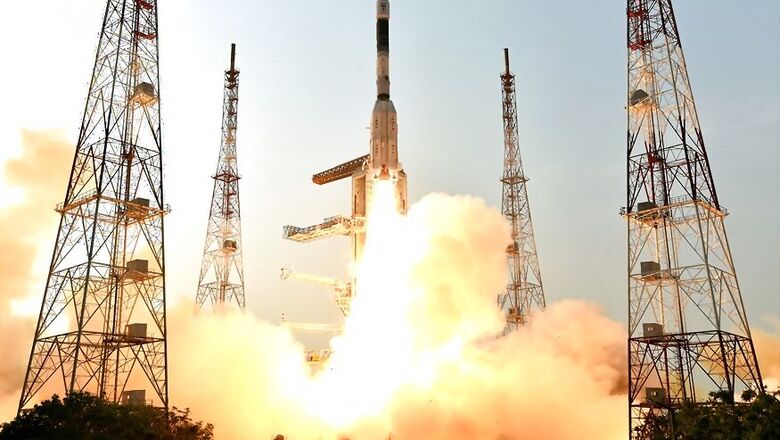
views
The Indian Space Research Organisation (ISRO) is set to launch its latest radar imaging satellite (RISAT), the RISAT-2BR1, by the end of next month. The update comes through an IANS report, which cites unnamed sources within ISRO to reveal that the launch will reportedly take place on May 22, as per the present schedule. India will use one of ISRO's Polar Satellite Launch Vehicle (PSLV) reusable rockets, which have offered significant progress and sophistication of technology in terms of advancement in space technologies.
The RISAT, which was first deployed in orbit on April 20, 2009 as the RISAT-2, uses synthetic aperture radars (SAR) to provide Indian forces with all-weather surveillance and observation, which are crucial to notice any potential threat or malicious activity around the nation's borders. While RISAT-1 was expected to be released first, the incident of the 2008 terror attacks in Mumbai meant that the deployment of the satellite needed to be hastened. With the C-band SAR, being built by Inda, not being ready in time, India deployed the RISAT-2, which was based on the X-band SAR -- technology built by the Israel Aerospace Industries.
The to-be-deployed RISAT-2BR1 satellite uses the same SAR band, and will further improve India's imaging reconnaissance abilities. ISRO will be executing the launch with the PSLV-C46, which will take off from the Sriharikota launch pad on May 22, given weather conditions remain permissible. ISRO also has multiple other launches in the pipeline such as the Cartosat-3 catography satellite, among other, small defence satellites, which would be subsequently placed in orbit using the smarller shuttle, SSLV.

















Comments
0 comment